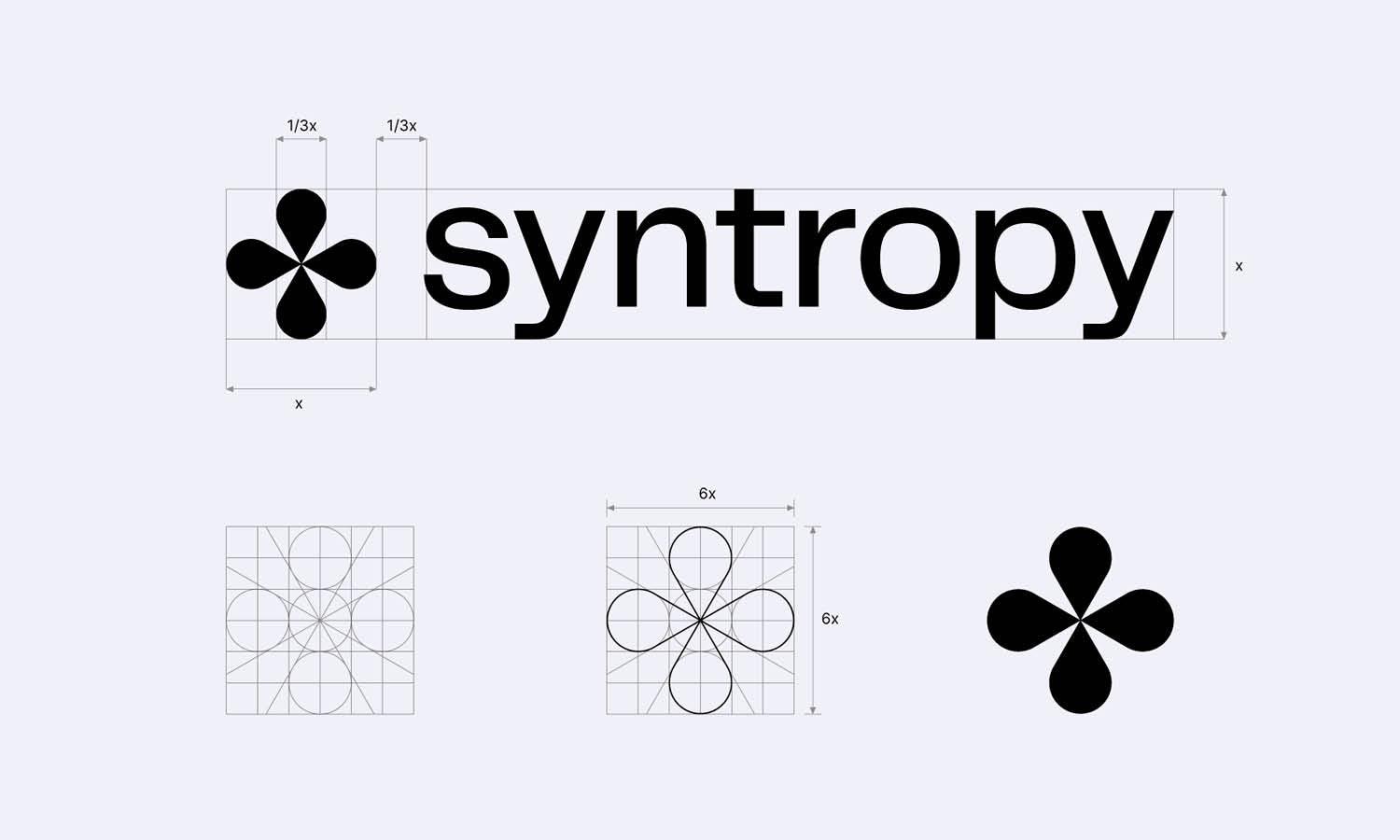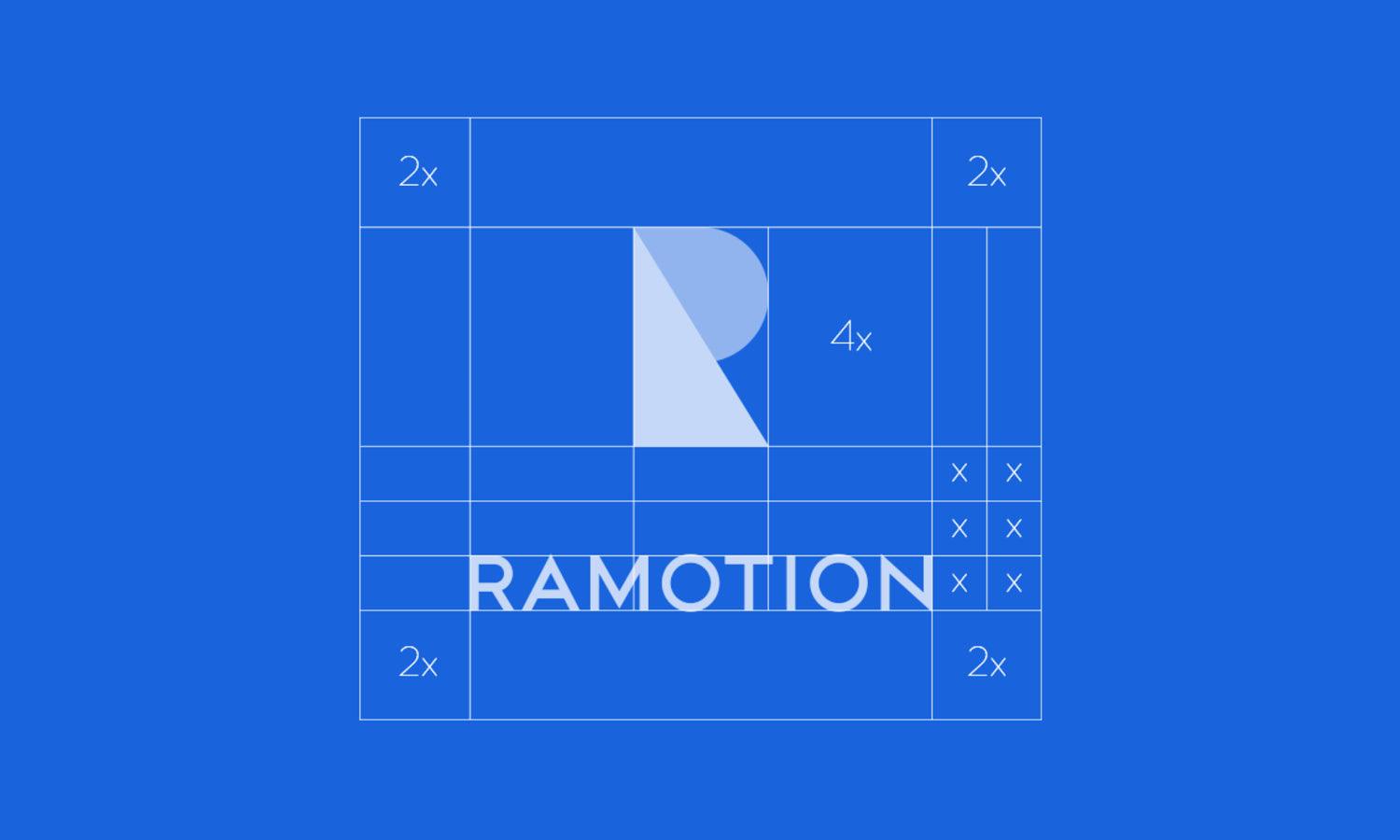10 Things You Shouldn't Do When Redesigning A Logo

Redesigning a logo is a critical task that holds the potential to redefine a brand's identity and impact its market perception. A well-executed logo redesign can breathe new life into a brand, aligning it with evolving business goals and customer expectations. However, the path to a successful logo redesign is fraught with pitfalls that can undermine the brand's image and alienate its audience. This guide will discuss the common mistakes designers and businesses make during the logo redesign process.
By avoiding these errors, you can ensure that your logo effectively communicates your brand’s values and stands out in a competitive marketplace. Whether you are a small business owner, a marketing professional, or a designer, understanding what not to do is as crucial as knowing what to do when undertaking a logo redesign.
Ignore Brand Identity
When undertaking a logo redesign, one of the fundamental missteps is to disregard the brand’s established identity. This identity is a culmination of the brand's history, values, and the emotional connection it has forged with its audience. Ignoring these elements can result in a logo that, while modern, fails to resonate with existing customers and dilutes brand equity. A successful redesign should subtly incorporate key components that are recognizable to long-standing customers, ensuring a sense of continuity. For example, a distinctive color palette, symbolic imagery, or unique typographic elements that have become synonymous with the brand should be thoughtfully integrated into the new design.
This approach not only preserves the brand’s legacy but also strengthens customer loyalty by maintaining a familiar visual connection. Additionally, it is crucial to assess the brand's core values and ensure that the redesigned logo authentically reflects these principles. Straying too far from what the brand stands for can confuse the audience and weaken the overall market position. Therefore, balancing innovation with respect for the brand’s heritage is essential in a logo redesign, ensuring the new logo is both fresh and reflective of the brand’s enduring identity.
Overcomplicate the Design
In the realm of logo redesign, simplicity should be a guiding principle. An overly complex logo can be difficult to reproduce and may fail to create a lasting impression due to its lack of clarity. The most iconic logos are often simple and memorable, offering instant recognition across a variety of media and sizes. When redesigning, it is tempting to incorporate multiple ideas, colors, and shapes to convey various aspects of the brand. However, this can lead to a cluttered and confusing result. A minimalist approach, focusing on one or two key elements that represent the brand’s essence, is more effective. This does not mean the design should be plain or boring; rather, it should be distilled to its most fundamental aspects, making it easy for customers to recognize and remember.
For instance, consider Apple’s iconic logo; its simplicity and clean lines make it one of the most recognized symbols worldwide. Additionally, a simpler design is versatile and adaptable, making it easier to use across different platforms, from digital media to physical products. Thus, when redesigning a logo, prioritize clarity and simplicity to ensure it can effectively represent the brand across all touchpoints and stand the test of time.
Neglect Target Audience
A common oversight in logo redesign is neglecting the target audience, a mistake that can undermine the effectiveness of your brand communication. The primary purpose of a logo is to appeal to specific demographic and psychographic segments that are most likely to engage with the brand. Failing to consider the preferences, cultural norms, and expectations of these groups can lead to a design that misses the mark. When redesigning a logo, it’s crucial to conduct thorough market research to understand what resonates with your audience. This research should inform the logo’s design elements, from imagery and style to color choices. For example, a youthful, trendy audience might appreciate a modern, minimalistic design, while a more mature demographic might connect with a logo that incorporates traditional values and a more classic style.
Additionally, understanding the emotional triggers and associations your audience has with certain design elements can greatly influence the success of the redesign. Integrating this knowledge ensures that the new logo not only attracts attention but also fosters a deeper brand connection. Ultimately, a logo redesign that ignores the target audience risks becoming irrelevant or unappealing, potentially alienating existing customers and deterring new ones.

Use Inappropriate Colors
Choosing the wrong color palette in a logo redesign can significantly impact brand perception, as colors play a pivotal role in conveying a brand’s message and emotion. Each color has psychological associations that can influence how the brand is perceived by the audience. For instance, red can evoke feelings of excitement and passion but can also signal danger, while blue often represents trustworthiness and stability. Misjudging these associations can lead to a disconnect between the brand's intended message and the audience’s interpretation. When redesigning a logo, it is essential to select colors that align with the brand’s values and the expectations of its target market. This alignment helps in strengthening brand identity and ensuring consistency across all branding efforts.
Moreover, it's important to consider color accessibility and visibility across various media to ensure that the logo performs well in both digital and physical formats. For example, a color that looks vibrant on a screen might not translate well in print. Testing different colors in multiple contexts can help avoid practical pitfalls in logo redesign. Therefore, carefully selecting appropriate colors that resonate with your brand’s message and audience preferences is crucial for a successful logo redesign.
Overlook Competitor Analysis
Overlooking competitor analysis is a critical mistake when redesigning a logo. Understanding the visual landscape of your industry is essential to ensure your logo stands out and accurately represents your brand without blending into a sea of similar designs. Competitor analysis involves studying the logos of key players in your market to identify common themes, colors, and styles. This insight allows you to differentiate your brand effectively. A unique logo not only captures attention but also prevents customer confusion, which can occur when logos look too similar to those of competitors.
For example, if most competitors use angular designs, opting for a softer, more organic shape could set your brand apart, making it more memorable and appealing to your target audience. Additionally, understanding what works well in your industry can inspire elements that resonate with consumers but are not overused. This step in the redesign process supports strategic positioning by highlighting your uniqueness in the market. Thus, neglecting competitor analysis can lead to a redesign that fails to elevate your brand above competitors, missing the opportunity to make a powerful and distinct visual statement.
Skip Testing Phases
Skipping testing phases in the logo redesign process is a gamble that can lead to significant brand image problems down the line. Testing is essential to ensure that the new logo performs well across various applications and media. This phase should include assessing the logo’s scalability, visibility, and impact in different sizes and on different backgrounds. Testing how the logo looks on digital platforms, print materials, and merchandise can reveal unexpected issues with design elements that might not be apparent in a standard view. For instance, intricate details may become lost when the logo is scaled down for smaller formats like business cards or mobile screens. Similarly, colors might display differently on digital screens compared to printed materials. Furthermore, it is important to gather feedback from diverse groups within your target audience during the testing phases.
This feedback can provide valuable insights into the logo’s reception and the emotional or cognitive responses it elicits. Skipping these tests risks introducing a logo that might not be functional or well-received, undermining the brand's efforts to establish a strong and effective visual identity. Therefore, thorough testing is indispensable in preventing costly revisions post-launch and ensuring the redesigned logo effectively represents the brand across all intended platforms.
Disregard Versatility
Disregarding the versatility of a logo during a redesign is a substantial misstep that can restrict a brand's application across various platforms. A versatile logo functions effectively in multiple contexts, whether displayed on large billboards, tiny mobile screens, or anything in between. It must be legible and recognizable in both full color and black and white, ensuring it retains its impact when photocopying or faxing. Versatility also involves ensuring that the logo's design elements are not so intricate that they lose clarity when scaled down for smaller uses, like favicons or profile pictures. For instance, a logo that looks spectacular on a website header might lose its distinctiveness on promotional pens or when embroidered on apparel.
To ensure versatility, a logo should be tested in numerous environments during the redesign process. This testing helps identify any potential issues with adaptability before the logo is finalized. Ignoring this step can lead to a visually appealing logo that, unfortunately, fails in practical applications, hindering brand consistency across marketing materials. Therefore, a focus on versatility not only enhances the logo's functionality but also amplifies its effectiveness as a core element of the brand’s identity.

Change Too Frequently
Frequent changes to a logo can harm brand recognition and trust, which are critical for maintaining customer loyalty. A logo acts as a visual identifier for your brand; it encapsulates your brand’s essence and assures your audience of consistency. Regular alterations to the logo can confuse customers, dilute brand identity, and reduce the effectiveness of the logo as a marketing tool. While it’s important to keep the logo updated and relevant, changes should be made with careful consideration and only if they serve a strategic purpose that aligns with evolving business goals or market conditions.
For example, a well-timed refresh can reinvigorate a brand and attract new demographics without alienating existing customers if it retains core elements that customers recognize. However, if changes are too radical or frequent, it can lead to brand erosion. Companies must balance the need to stay contemporary with the need to maintain a stable and consistent image.
Ensuring any redesign aligns closely with the brand’s long-term vision will help minimize the need for frequent revisions, preserving the logo’s role as a stable beacon for the brand. Thus, strategic planning and deep understanding of brand values are essential when deciding the frequency and extent of logo updates.
Ignore Legal Checks
Ignoring legal checks during a logo redesign can lead to severe consequences, including legal disputes and financial liabilities. Before finalizing a new logo, it is essential to conduct thorough trademark searches to ensure that the design does not infringe on existing trademarks. This process involves checking the logo against registered trademarks in all markets where the brand operates to avoid any potential conflicts. Even unintentional similarities to other logos can result in accusations of infringement, which can damage the brand’s reputation and lead to costly legal battles. Furthermore, ensuring that the logo is unique not only helps in avoiding legal issues but also reinforces the brand’s identity in the marketplace.
Legal checks should extend to all elements of the logo, including symbols, words, and colors, to confirm that each component is safe to use. Companies should consider consulting with legal professionals specializing in intellectual property to navigate this complex area effectively. By prioritizing legal due diligence, brands can safeguard their investments in their logo and ensure a smooth and successful redesign process.
Dismiss Brand Consistency
Dismissing brand consistency in a logo redesign can undermine the brand’s identity and confuse the audience. A logo serves as a cornerstone of a brand’s visual identity, connecting various aspects of branding with a consistent theme that resonates with the audience. When redesigning a logo, it is crucial to maintain elements that are familiar to the customers, such as color schemes, fonts, or visual motifs, to preserve brand recognition. Any changes made during the redesign should enhance these elements, not discard them. Consistency across all branding materials, including the logo, packaging, digital media, and promotional materials, ensures that the brand is immediately recognizable, which is vital for building trust and loyalty among consumers.
Inconsistent branding, on the other hand, can lead to a disjointed customer experience and dilute the effectiveness of marketing efforts. To ensure brand consistency, businesses should develop comprehensive brand guidelines that outline how the logo and other branding elements should be used across various platforms. These guidelines help maintain uniformity and coherence in the brand’s presentation, strengthening the overall brand strategy. Hence, paying close attention to brand consistency during a logo redesign is fundamental to maintaining a strong and unified brand image.
Conclusion
A successful logo redesign is a balanced blend of creativity, strategic thinking, and meticulous attention to detail. It requires a deep understanding of your brand's heritage, audience, and competitive landscape. Avoiding the pitfalls discussed ensures your redesigned logo not only resonates with your target audience but also stands the test of time and legal scrutiny. Whether enhancing brand consistency, ensuring versatility, or conducting legal checks, each step is crucial in crafting a logo that truly represents and reinforces your brand's identity in a dynamic market. Remember, a well-thought-out redesign can significantly amplify your brand's visibility and appeal.
Let Us Know What You Think!
Every information you read here are written and curated by Kreafolk's team, carefully pieced together with our creative community in mind. Did you enjoy our contents? Leave a comment below and share your thoughts. Cheers to more creative articles and inspirations!
















1 comment
This was a great post. #9 in particular hit home. I am a big advocate for field feedback/research, but in my experience, I’ve been drowned in opinions that sway too far one side and the other. This disjuncts my focus and I feel no way is the right way. I’ll remember this post next project. Thanks for the insight all around!
Mike Mazz
Leave a Comment